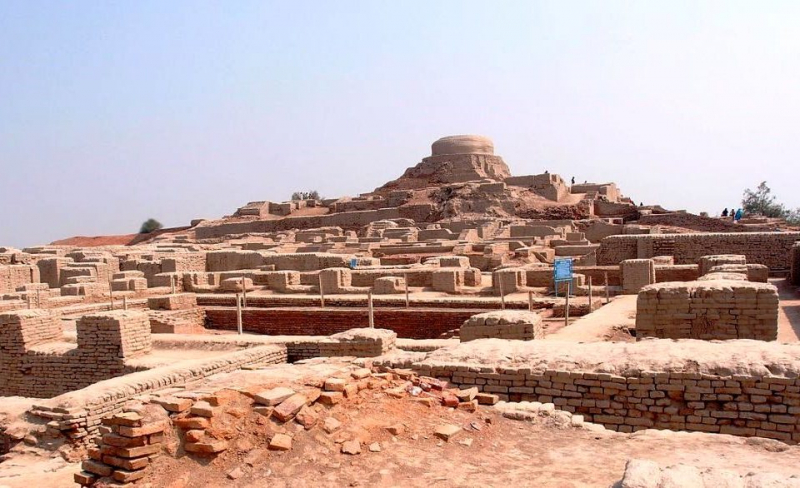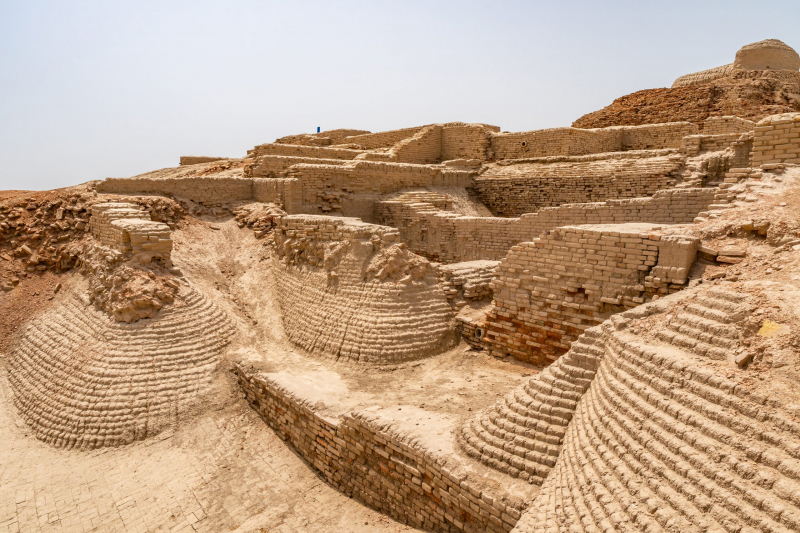Indus Valley Cities Were Engineering Masterpieces of The Time
The Indus Valley Civilization's town layout was complex, with a flourishing urban architecture. Many cities, including Harappa and Mohenjo-Daro, had well-planned architectural layouts.
The villages were erected on huge platforms and high terrain to protect them from seasonal floods and polluting streams. In the cities, the network of streets formed an organized grid, with straight lines cutting each other at right angles.
The houses were created in a way that was unheard of in the ancient world. The design went to the next level in terms of comfort with the steps leading to a flat roof where people could work and relax. The buildings along the roadways were all made of the same type of brick. The dwellings featured connected outside walls that served as a sound and dust barrier from the street. Narrow corridors led to a communal courtyard for multiple dwellings, which could be considered a neighborhood compound.
Aside from the architectural marvels, the sanitation system was equally impressive. Hydraulic engineering was used in the private wells and sanitation system. In addition, the highways and streets were constructed in an organized manner with size homogeneity.












